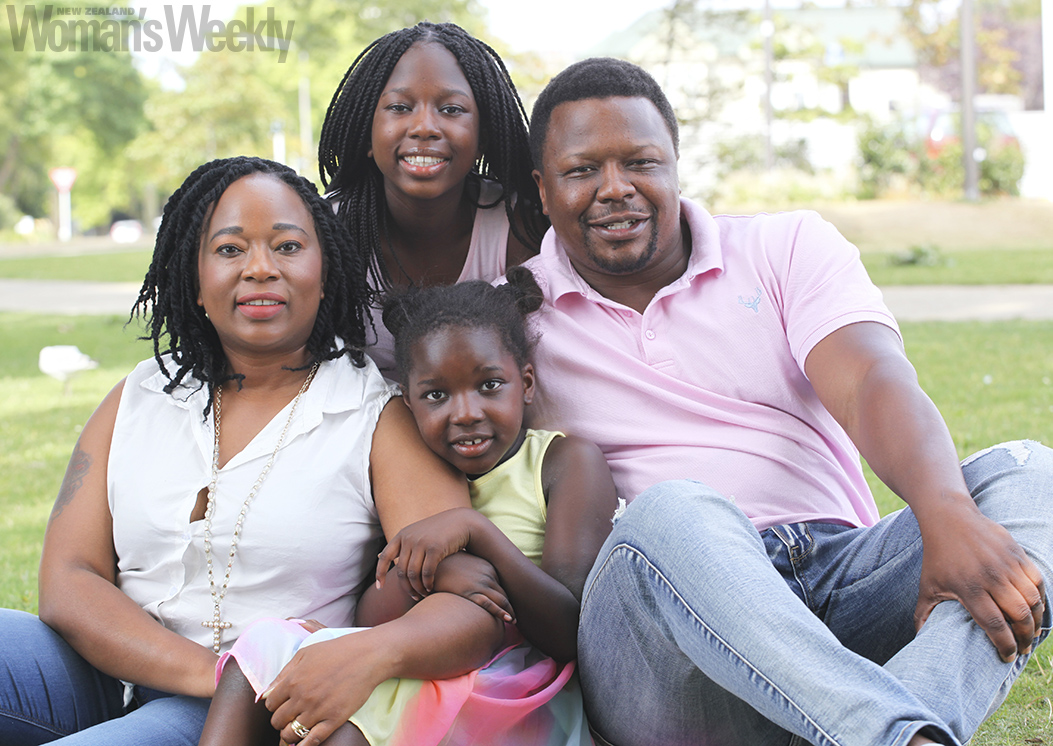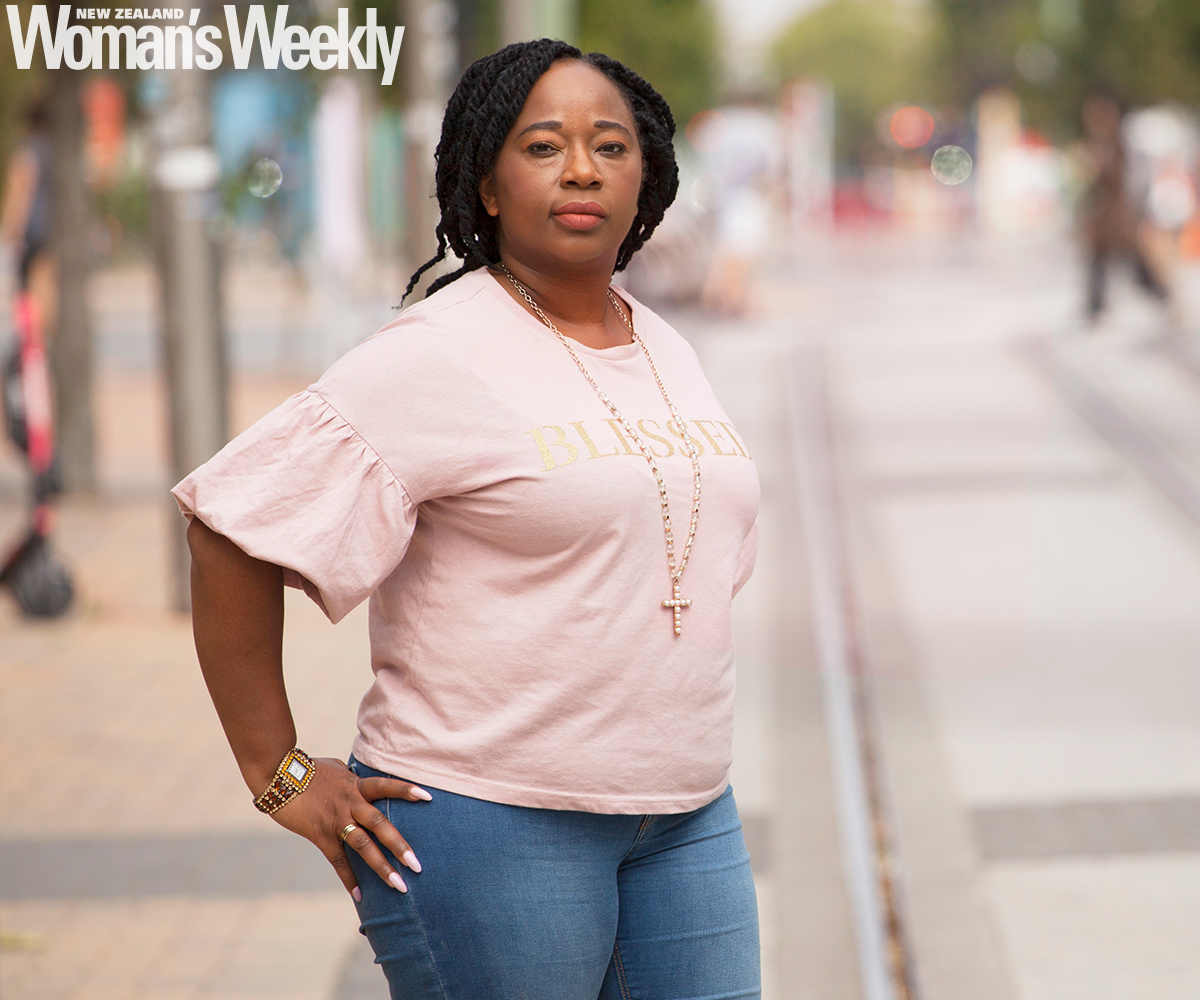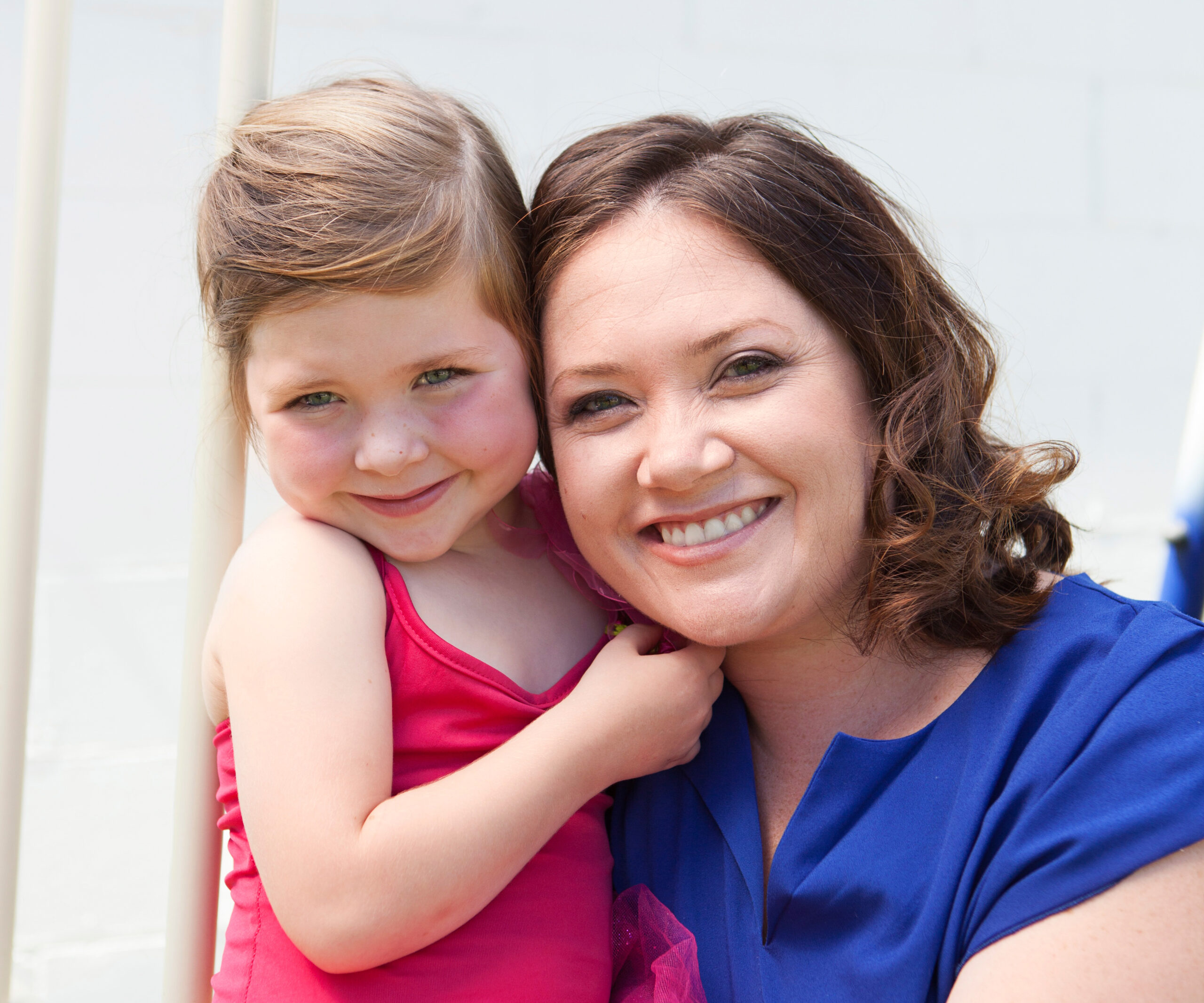At 12.51pm on February 22, 2011, Christchurch was struck by a 6.3 magnitude earthquake. It was deadly, killing 185 people and seriously injuring 164 others.
It also caused major and lasting damage across the city.
This is the story of one survivor and how the event changed her life forever:
Monday, February 21
Karen Maponga celebrates her 28th birthday with husband Bert and then almost three-year-old daughter Keisha.
The family moved to New Zealand from Zimbabwe in 2008 in search of a better life.
Karen, a call centre worker, has just started a new job at Telecom and is looking forward to a long-planned trip to Wellington the following weekend for a church conference.
She gets a pair of boots as a birthday present.
Tuesday, February 22
Over morning tea, Karen and other new trainees discuss what they might do if there is an earthquake.
At around 11.45am their supervisor suggests they take a longer lunch break.
“Have an hour,” she tells them, rather than the usual 30 minutes.
Karen is delighted. She’s been wanting to buy a new dress to wear to the conference and heads towards a little boutique in the Link Centre, between Hereford Street and City Mall.
On her way she calls Bert, telling him where she is and chatting to him as she searches through clothing racks.

Karen with her family, from back, Keisha, Bert and Mikyla
12.51pm
The quake hits and Karen can only think one thing – get outside!
She runs into a café in the food court but there is glass everywhere. She turns around, freezes and then falls. As she falls she screams to
Bert, who’s still on the phone, that she’s going to die.
At the same time, and just before a masonry wall collapses, a man offers Karen his hand.
“He stretched out his hand and I put my hand in his, and then the wall collapsed…”
Pinned under rubble, it’s not until later she learns the man, 40-year-old Joseph Pohio, died, buried just centimetres from her.
1.10pm
Karen is covered in chunks of masonry, bricks and broken bits of wood − she’s buried up to her shoulders − and a piece of corrugated iron slices into her leg.
There is dust everywhere and sirens are going off.
She lies in agony, expecting to die, and her life flashes before her.
“People say that happens and it does. I was thinking of my family, I was thinking Bert’s going to marry someone else…have I achieved what I want to achieve, all those things.”
Terrified and desperate, she screams for help.
Several Afghani students arrive and start hauling debris off her. Others, including a woman who strokes her hair and Luke Allan, an air force medic, takes over.
Luke promises Karen he won’t leave, telling her they will get her out first, then come back for the man who tried to help her.
“They had seen Joe had passed away, they didn’t want me to know.”
They are racing against time; no-one knows when or if there’ll be an aftershock. Karen is freed and placed on the ground near tram lines in front of Hallensteins.

Karen says surviving the quake gave her courage.
3.11pm
Chaos abounds, as does a 5.9 magnitude aftershock. People are crying and screaming.
Karen turns her head and sees the body of a man, his face covered in blood. It’s Joseph.
Unbeknownst to Karen, her cousin, Evelyn, is at High Street Medical centre at the time of the quake. As she makes her way out into the street she spots Karen, recognising the dress she is wearing despite thick layers of dust.
Bert, who had tailed a police car into the city, arrives moments later and, once he knows his wife is okay, heads out to Papanui on foot to check on Keisha, who is still at pre-school.
Meanwhile Karen, still in excruciating pain, is lifted onto the back of a ute and driven through broken and blocked back roads to the hospital.
“It was absolute chaos. There were bodies, there were people walking in bleeding everywhere.”
Doctors cut off her dress and her birthday boots.
She has a transverse process fracture of her lower back and deep bruising on her torso and legs.
Thursday, February 24
Karen is discharged from hospital, at her insistence, two days later with crutches and a walking frame.
Friday, February 25
She never gets a new dress, but Karen and Bert go to the Wellington church conference, where, still raw, she tearfully tells her story and manages to walk for the first time without aid.
February 2020
Karen has retrained as a social worker, and is now helping find accommodation and housing for those in need.
“From a young age I’ve always been someone who loves helping people. I thought if I died, would I have been happy with what I had done in my life? And the answer was no.
“Working in the call centre I was with the debt collection team, telling people they would have their phones disconnected even though they were telling you they had no money. I struggled with that.”
Not only has there been post-quake trauma – the smell of dust, the sound of sirens, even reading news reports were triggers for a number of years – there’s been survivor’s guilt.
But Karen, who has since had a second daughter, Mikyla (7), says she is now at peace.
“Before the quake I used to look at life with a different lens – sometimes taking people for granted – but after, I realised how precious life is and how in the twinkling of an eye it can all be over.
“I now live with a purpose; to make a difference to people’s lives in any way I can.”


